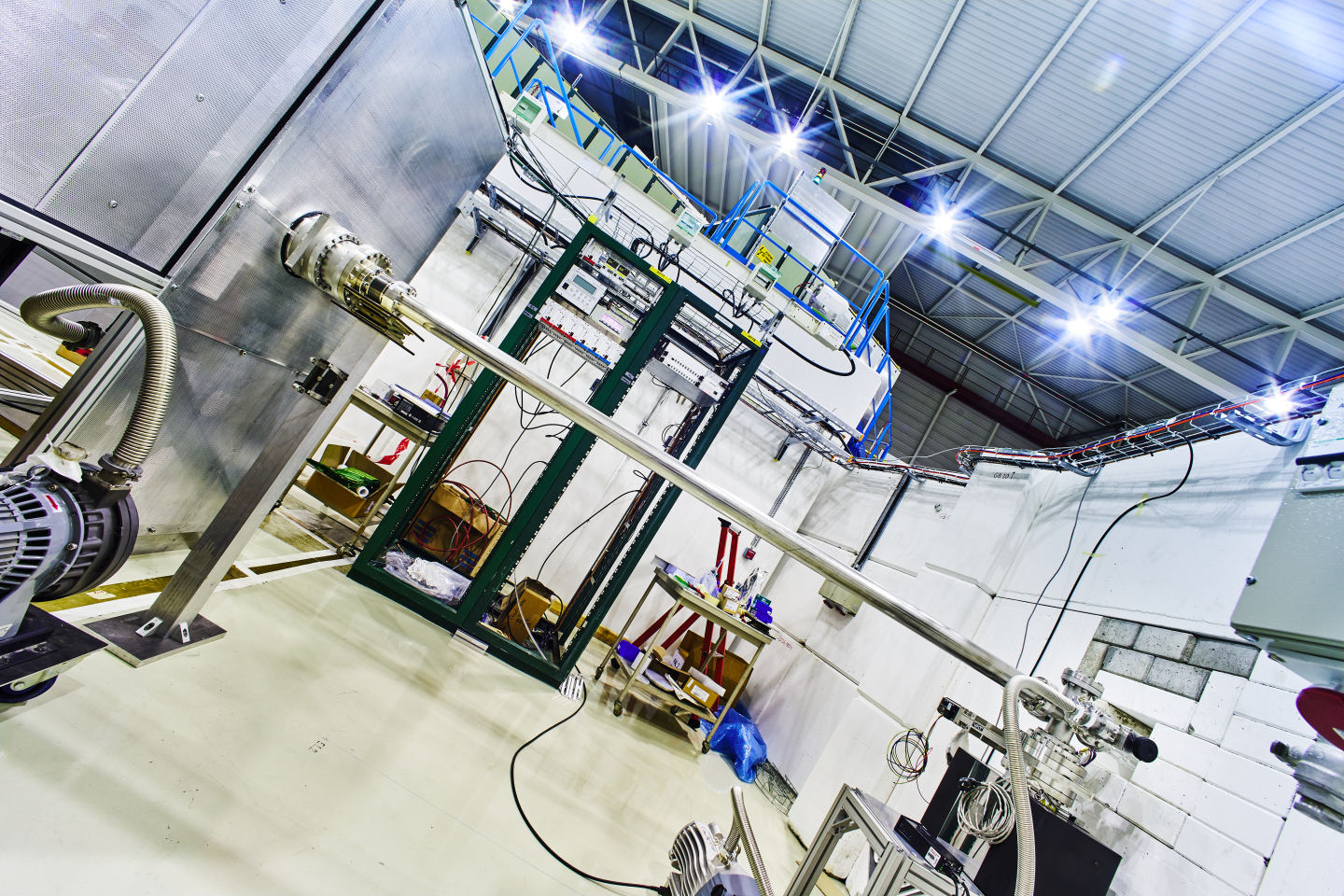2020 [has come] to an end... and what a year it has been. It remains to be seen what 2021 has in store for us... but let’s forget about coronavirus for a moment, and take a look at what’s going on at CERN’s accelerator complex. In spite of the obstacles, and thanks to the hard work of all the teams involved, the upgrade work being carried out during Long Shutdown 2 (LS2) has continued this year, and several important milestones have been reached.
On 31 January, a new kicker magnet was installed in the Proton Synchrotron (PS). After LS2, the PS Booster will supply it with particles at an energy of 2 GeV, compared with 1.4 GeV previously, and the PS needed this new magnet, as well as a new septum magnet (installed at the end of June), to be able to cope with this increase in the injection energy. In June, two beam dumps were also installed in the accelerator.
On 3 July, the LS2 accelerator coordination team handed over the PS Booster to the Operations group. Linac 4 and the PS Booster thus became the first two accelerators to be recommissioned, 18 months after the start of LS2.
At the LHC, as part of the DISMAC (Diode Insulation and Superconducting MAgnets Consolidation) project, reinforcement of the electrical insulation of the accelerator’s 1232 diodes has been completed. The final interconnection was closed on 3 August.
Also in August, low-energy negative hydrogen ion (H−) beams passed through the first section of Linac 4 for the first time since its connection to the Booster. On 20 August, the first beams at the nominal energy of 160 MeV passed through the whole machine to a special beam dump at the other end and, the following month, beams reached the beam dump just upstream of the Booster.
In September, the new external beam dumps of the LHC were successfully installed in their respective caverns.
At ELENA, the deceleration ring downstream of the AD, a beam of H− ions reached the GBAR and ALPHA experiments in October, marking the completion of the installation of new transfer lines from the new decelerator. Also in October, the “new” HIE-ISOLDE (High Intensity and Energy Isotope mass Separator On-Line) received its first beam since it was shut down in November 2018: a stable neon beam from an independent source, injected into the machine to allow adjustments to be carried out.

The Proton Synchrotron and the Super Proton Synchrotron were handed back to the Operations group on 23 October and 4 December respectively.
On 15 November, the cool-down of sector 4-5, the first sector to be cooled, was successfully completed. The sector was cooled with superfluid helium to a temperature of 1.9 K (-271.3 °C), its nominal operating temperature. The whole LHC will be operating under its nominal cryogenic conditions by spring 2021.
New equipment developed for the High-Luminosity LHC (HL-LHC) has also been installed in the collider over the course of the year (see here and here). At the LHC’s large experiments, which have been particularly impacted by the pandemic, work is continuing, detector by detector, optical fibre by optical fibre.
| An update on the schedule The new schedule for LS2, approved by the CERN Management on 23 October, anticipates that the first low intensity test beams will circulate in the LHC at the end of September 2021. Run 3 of the LHC will start in early 2022. As for the LHC’s injectors, they are gradually being started up this month. The many experiments at ISOLDE and the PS-SPS complex (except for those using ion beams) will therefore be able to start taking data as of summer 2021. No changes have been made to the schedule beyond 2022. The third long shutdown (LS3) will begin at the start of 2025 and end in mid-2027. |

